Winter is over. The daytime starts getting longer, and it is finally starting to warm up again, which means cravings for fresh greens and refreshing fruits are kicking in. Our natural desires for food change each season, like how we change our clothes as the seasons progress. In addition, our bodies need to adapt to our surroundings. As the temperatures fall, we crave heavy and warm foods during autumn and winter, while during warmer and hotter months of spring and summer, our bodies crave cooling, refreshing foods.
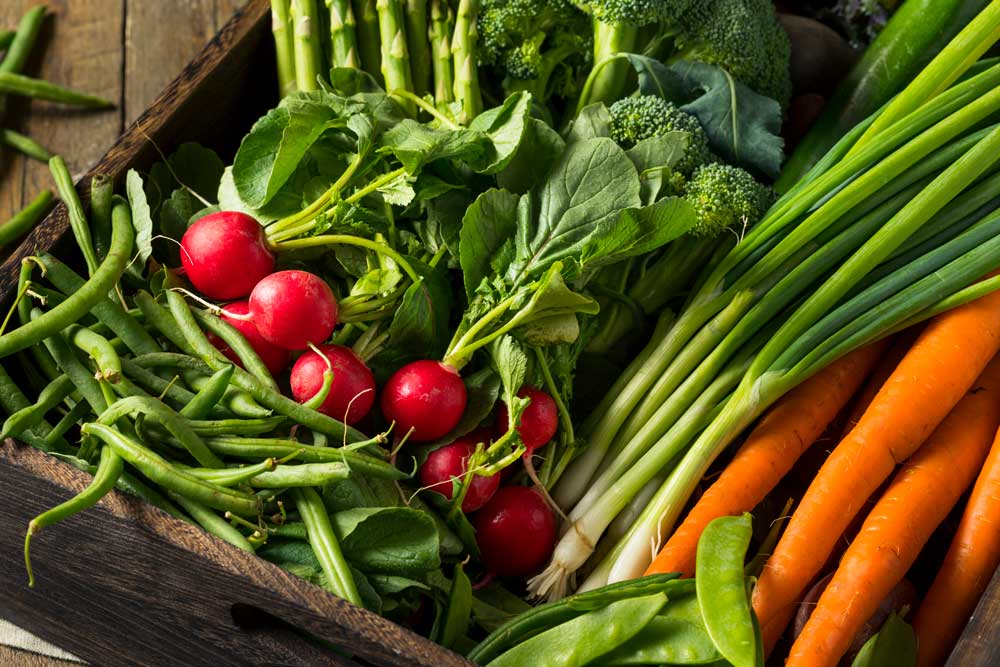
Springtime brings colorful flowers and an abundance of fresh fruits and vegetables, primarily fresh greens. In season, leafy vegetables include arugula, kale, bok choy, collard greens, dandelion greens, parsley, spinach, spring baby lettuce, Swiss chard, and pea shoots. All these can easily be found at your local farmers’ market or supermarket.
The spring and summer produce help replenish the body with nutrients missing during winter, cleanse and detox the body to prepare for warmer weather, and keep it cool. They are light, refreshing, and high in vitamins responsible for energy levels. All our bodies needed was to rest in the winter, but spring is the time to move, enjoy mother nature as it awakens from its winter rest, and fill up on healthy spring greens and fruits.
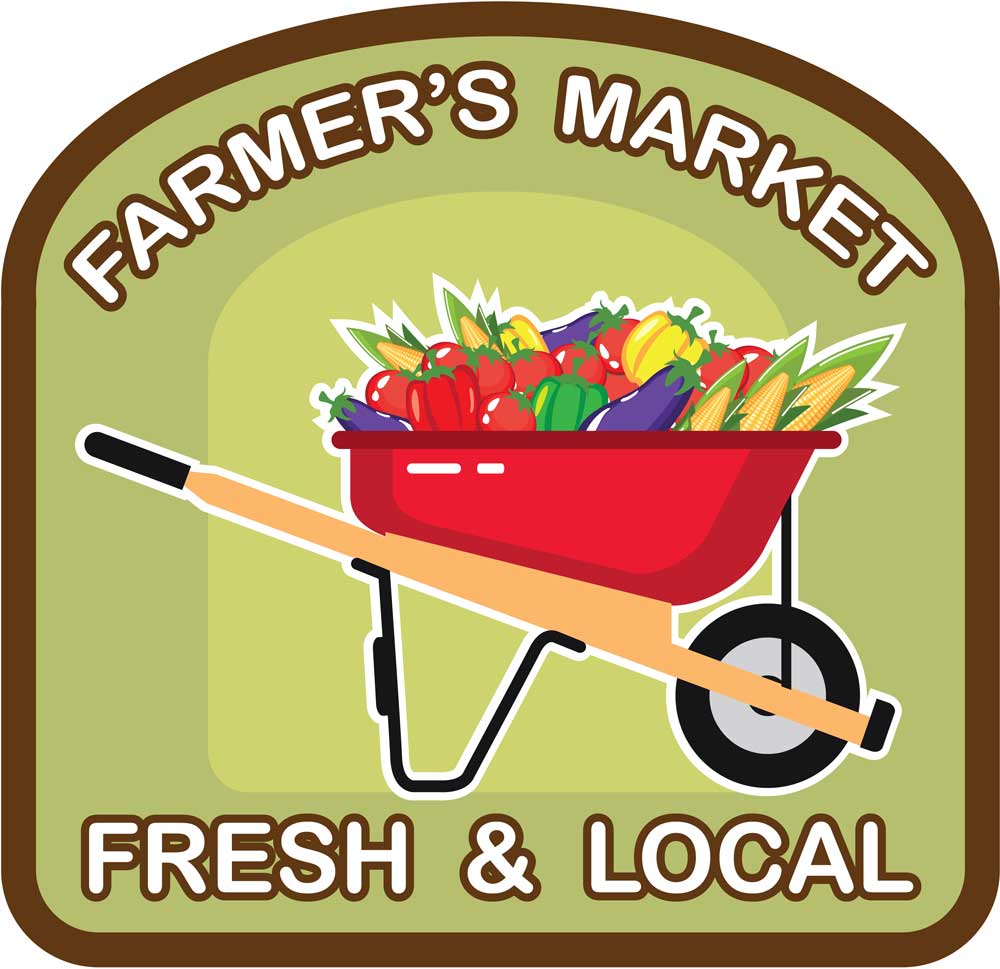
Now that the temperatures are rising, it’s safe to venture out of our houses and get fresh fruits and vegetables at the local farmers’ market. Our bodies probably crave refreshing fruits and greens, and the local market is the best place to get them.
Farmers’ markets typically provide seasonal and freshly grown produce between spring and fall. Areas with tempered temperatures are lucky as they have them year-round. They start to open around May and have some fantastic options in other areas. Meanwhile, we should look for local products in the supermarkets.
Spring favorites you can find at your local farmer’s market
Artichokes
The artichoke is the bud of a thistle flower before it comes into bloom. Once the buds bloom, it becomes coarse and barely edible. Don’t let the appearance of artichokes intimidate you. This vegetable is easy to cook (you can boil, grill, braise, or stuff and bake them), delicious, and full of nutrients.
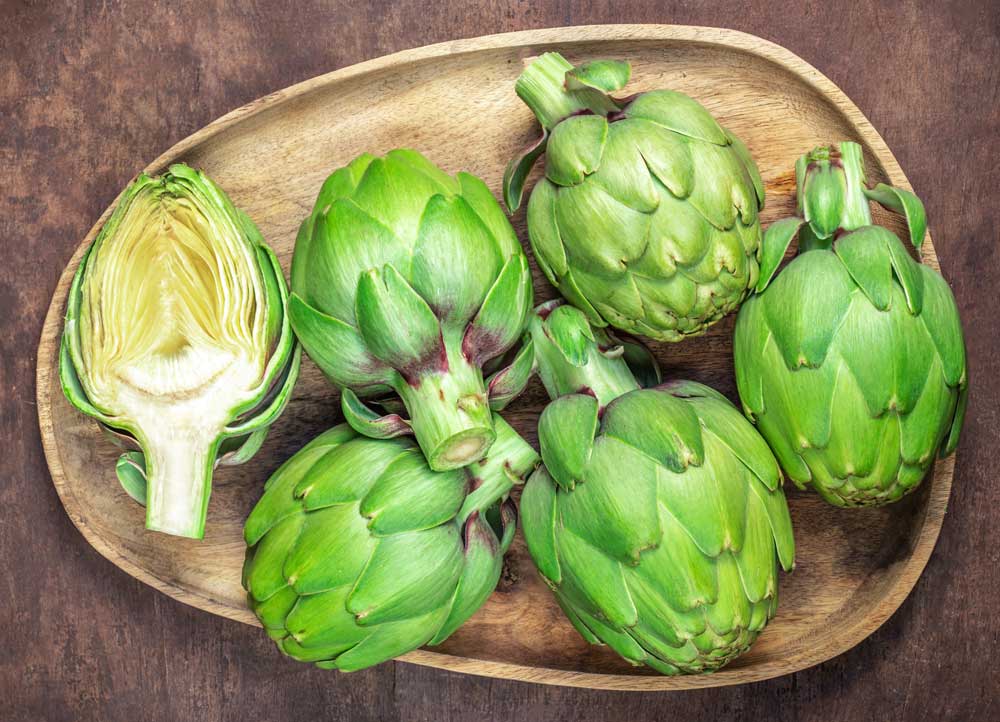
Asparagus
Only the young shoots of this vegetable are commonly eaten. However, once the buds open, the shoots quickly become woody. The asparagus shoots are prepared and served in several ways worldwide, typically as an appetizer or a vegetable side dish. They can be prepared raw, blanched, grilled, oven-roasted, boiled, used as an ingredient in some stews and soups, and even fried, making asparagus a versatile addition to any meal.
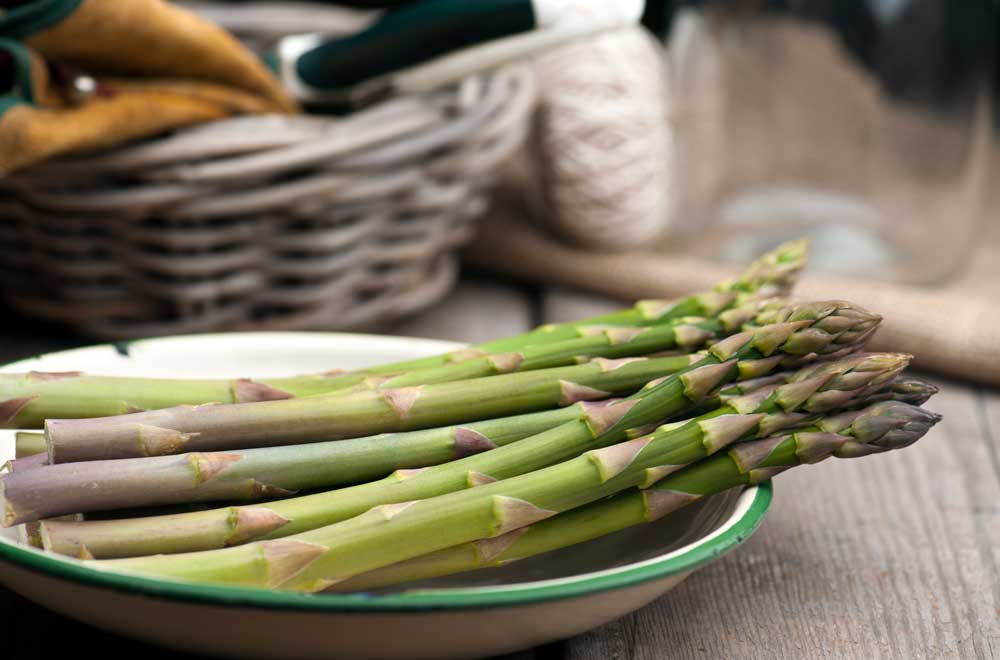
Peas
These small spherical green beads pack a punch! They are high in vitamins, but their high protein content sets them apart from other vegetables. Like all kinds of legumes, they provide an alternative source of protein for vegetarians and anyone looking to limit meat consumption. I highly recommend buying them pre-shelled, as shelling them can be time-consuming.
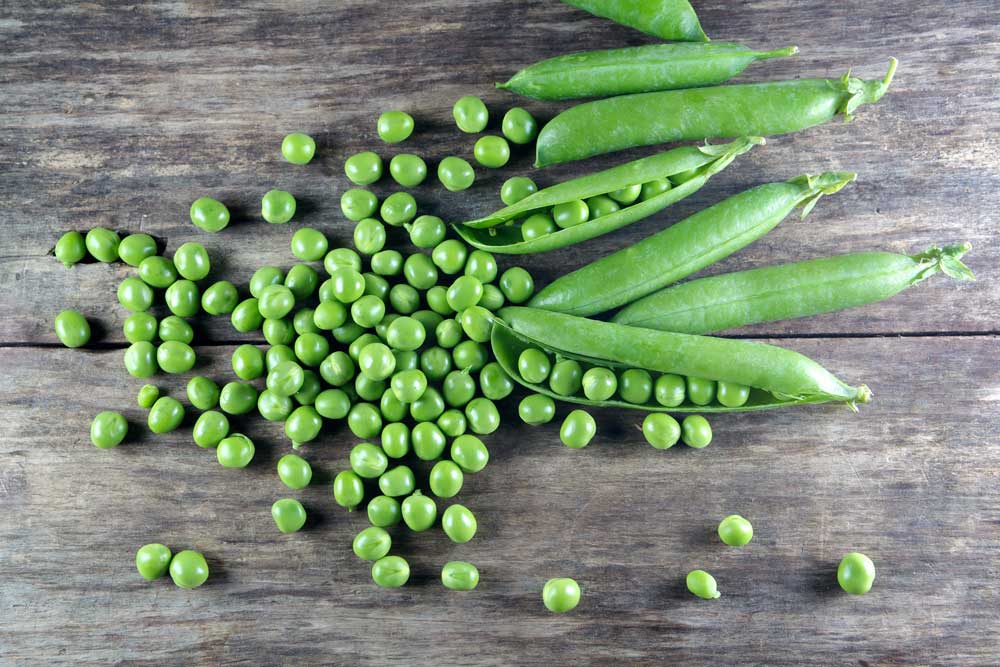
Spring leafy greens
Spring leafy greens are probably some of the most prominent foods at the farmers’ market. Most farmers’ markets are filled with “mountains” of leafy greens like arugula, kale, bok choy, collard greens, dandelion, parsley, spinach, lettuce, and Swiss chard, and pea shoots this time of year.
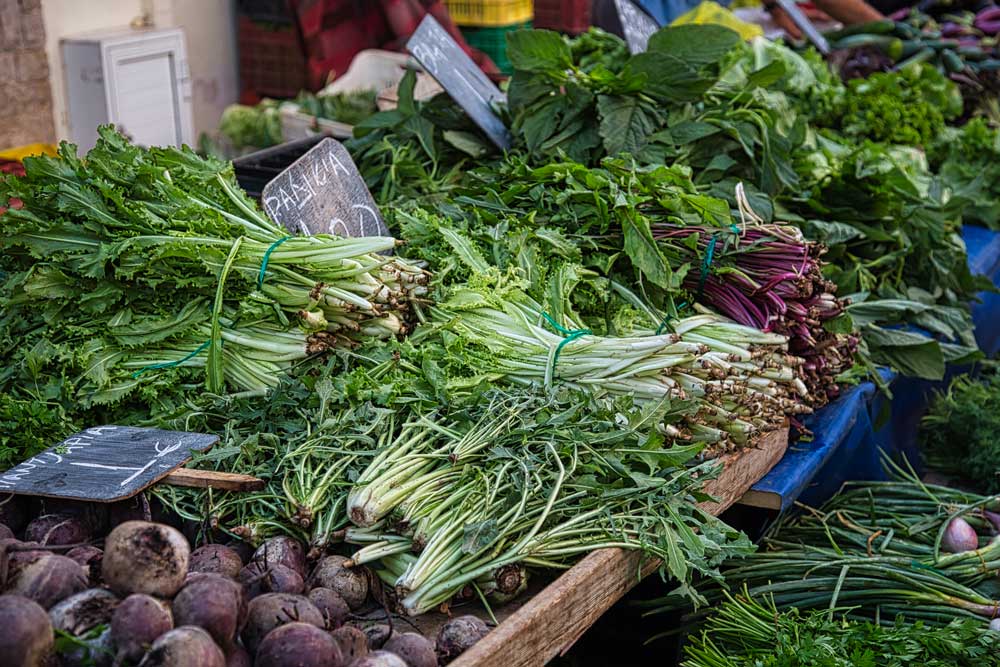
Cherries
From mid to late spring, cherries make their appearance at the farmers’ markets. They are typically made into pies and jams. However, they are deliciously sweet and can easily replace the dessert at the end of any meal.
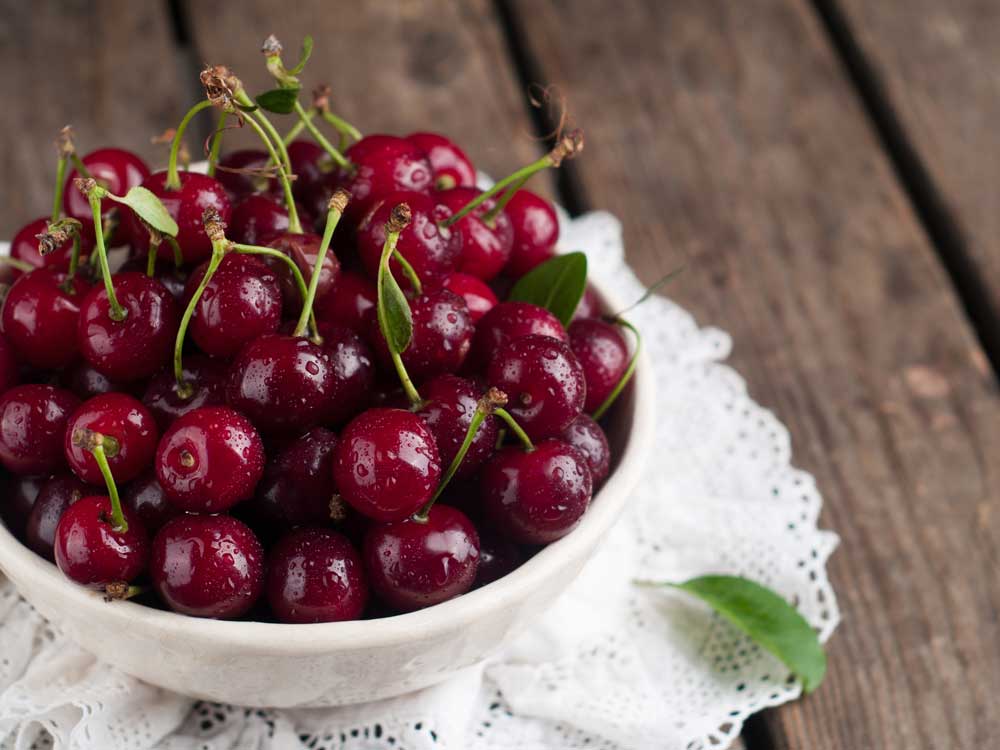
Strawberries
The best time to buy strawberries is mid to late spring. These sweet berries are the most popular items at farmers’ markets and typically run out fast. So make sure to get to your farmer’s market early in the morning before they run out.

In spring, the farmers’ markets are plentiful with fruits and vegetables. They also make shopping a fun and more enjoyable experience as you spend some time outdoors. You can make it to an outdoor family activity by going to a local farm and picking your fruits and vegetables. Also, you get to meet and talk to the people who grow your foods and even try something you’ve never heard of before—all while supporting your local economy and environment and giving your body the best nutrients possible.
Related Pages
- Eating Well Through The Seasons
- Easy Ways To Adopt The Mediterranean Diet
- Let’s Eat The Mediterranean Way!
** Eat Mediterranean Food is a personal blog and recipes website dedicated to Mediterranean cooking and lifestyle. The readers assume full responsibility for consulting a qualified health professional regarding any health conditions and concerns before starting a health program or diet or lifestyle changes.





 Eating Well Through The Seasons
Eating Well Through The Seasons
Leave a Reply